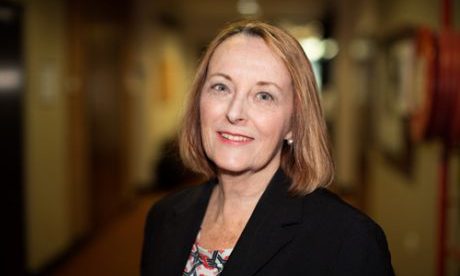Dying and death is not a new phenomenon: we have always become ill, suffered, were going to die and someone else could have killed us.
So why now, at the beginning of the 21st century, after prohibiting euthanasia for thousands of years and when we can do so much more to relieve suffering than in the past, do we suddenly think that legalising it is a good idea?
I propose a major cause is a catastrophic failure of collective human memory and collective human imagination.
Let‘s look at the approaches taken on each side of the debate.
If euthanasia were a stone thrown into a pond, pro-euthanasia advocates see only the stone and the immediate splash, not the stone’s antecedents or the widespread ripples it sets off.
These blind spots constitute, respectively, a failure of human memory and of human imagination.
The pro-euthanasia case is straightforward and easy to make. (I will use the word euthanasia to include physician-assisted suicide (PAS).
It focuses on a suffering, competent, adult individual who wants to die and gives informed consent to euthanasia.
Proponents argue that the person’s right to autonomy overrides other considerations, concerns and values, and that denying them euthanasia is cruelty and providing it kindness.
Pro-euthanasia advocates reject history – especially any reference to the Nazi atrocities – as having anything, or at least anything valuable, to teach us regarding euthanasia.
Nobody believes legalising euthanasia will result in a Holocaust, but the justifications for the Third Reich’s early 1930’s euthanasia program for people with disabilities – “lives not worth living” – are eerily similar to present justifications for euthanasia.
As Catherine Frazee, a Canadian professor of disability studies has said, “The Nazi … euthanasia program is part of my history as a disabled person.”
Pro-euthanasia advocates also deny the reality of the slippery slopes it’s opened up in the Netherlands and Belgium. Continue reading
- Margaret Somerville is professor of bioethics in the school of medicine at the University of Notre Dame, Australia.
